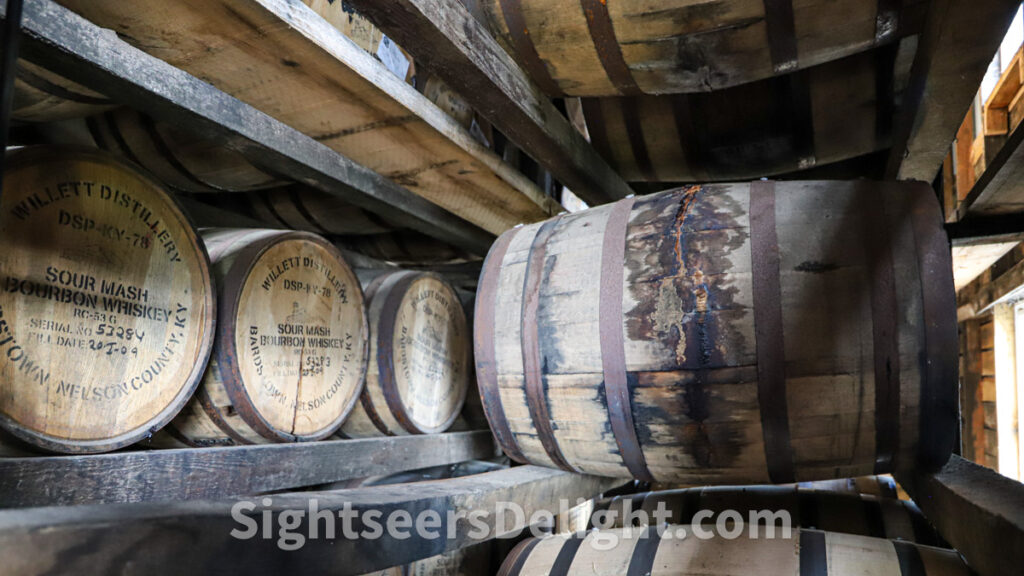Both scotch and bourbon are popular spirits enjoyed the world over. Yet, while they are both whiskeys, there are differences between the two drinks.
Scotch is a whisky from Scotland made with malt or grain and known for its smoky and complex flavor profile, which comes from using peat in the malting process. The first written record of Scotch whisky dates back to 1494 and is documented in the Exchequer Rolls of Scotland.
The Scotch Whisky Association regulates scotch, setting strict standards for its production, including the requirement that it be made from only water, malted barley, and yeast.
Scotch is classified into five categories: single malt, single grain, blended malt, blended grain, and blended Scotch.
Once distilled, scotch must be aged in oak barrels for at least three years, which can give it a rich and smooth finish. The oak barrels do not have to be new, and distillers often use barrels that previously held other spirits, such as bourbon.
Scotch must be distilled at 94.8% alcohol by volume or less — or 190 proof — and be 40% alcohol by volume or more — or 80 proof — when bottled.
Bourbon is an American whiskey known for its sweet and smooth flavor profile. Unlike scotch, bourbon has no strict set of regulations governing its production.
While it must be made in the United States and contain at least 51% corn, it does not have to be made in Kentucky, a common misconception. While it is made primarily from corn, the remaining 49% can vary depending on the mash bill, though it often includes wheat or rye.
Bourbon is often aged for at least two years in new charred American oak barrels. The aging gives the bourbon a deep amber color and notes of vanilla and caramel.
